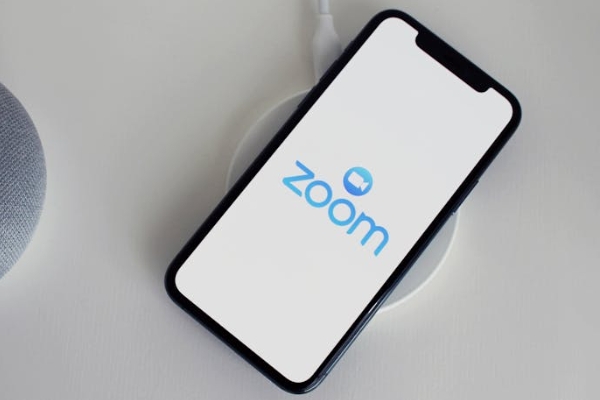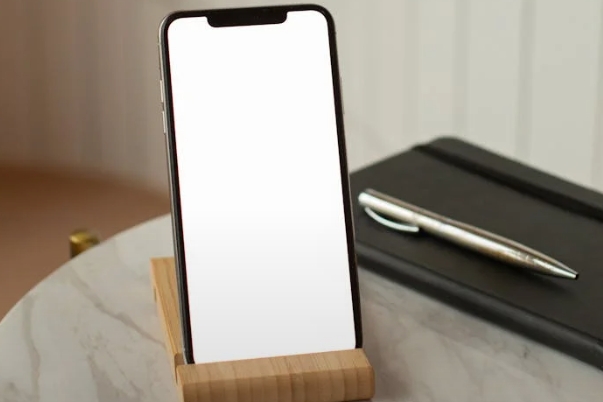
Wireless charging technology has gone from being a futuristic idea to a practical part of everyday life. But how did it get here?
What is wireless charging, and how does it work?
Wireless charging transfers energy without cables through electromagnetic fields. Devices use coils to transmit and receive energy via a charging pad.
Why is wireless charging becoming popular?
Convenience and simplicity drive its growth. By eliminating cables, it reduces wear and tear, declutters spaces, and supports multiple device types seamlessly.
What industries are embracing wireless charging?
From smartphones to electric vehicles (EVs), industries use wireless charging to improve user experience, efficiency, and innovation.
What challenges remain for wireless charging?
Efficiency, standardization, and cost are key challenges. Progress continues, but adoption requires balancing performance with user needs.
What is wireless charging, and how does it work?
Wireless charging technology allows energy transfer through electromagnetic induction. A charging pad generates a magnetic field, and the device coil converts it into electrical energy.
Snippet paragraph:
Wireless charging uses electromagnetic fields to transfer power between coils, offering cable-free charging for compatible devices like phones, wearables, and EVs.

Dive deeper: Understanding the basics of wireless charging
Wireless charging relies on Faraday’s Law of Induction. A charging pad, equipped with a transmitting coil, creates a fluctuating magnetic field. Devices with receiving coils within range capture this energy and convert it into electricity.
While most wireless chargers use Qi (pronounced “chee”) standards, others like PMA exist for specific devices. The efficiency of this method varies, with challenges like heat generation during charging and slower speeds compared to direct-wired connections.
If you’ve ever placed your phone on a charging pad at a café or used an EV charging dock, you’ve interacted with this fascinating technology. It’s simple in concept but brilliant in execution.
Why is wireless charging becoming popular?
Wireless charging offers a clutter-free and user-friendly experience, addressing common frustrations with tangled cables and port damage.
Snippet paragraph:
Convenience, reduced wear and tear, and compatibility with multiple devices make wireless charging a preferred choice for many users.
Dive deeper: Why convenience matters
Imagine charging your phone without hunting for the right cable. That’s the magic of wireless technology. No wear on ports, no tangled mess, and a sleek, modern setup.
Beyond personal devices, EVs use wireless charging to simplify recharging, integrating seamlessly into parking spots. Public spaces like airports and restaurants are installing wireless pads to cater to modern users.
Adoption is expanding as brands improve charging speed and extend range. Despite initial cost hurdles, the convenience outweighs traditional methods for many.
What industries are embracing wireless charging?
Industries like consumer electronics, automotive, and healthcare are harnessing wireless charging to redefine innovation and usability.
Snippet paragraph:
From smartphones to electric vehicles, wireless charging supports diverse industries by enabling seamless, innovative, and practical power solutions.
Dive deeper: A growing footprint across sectors
Wireless charging first gained traction in consumer electronics, but its applications have grown far beyond.
- Electronics: From phones to wearables, wireless charging powers devices without dedicated ports.
- Automotive: Electric vehicles integrate wireless charging into parking spaces, offering hands-free solutions.
- Healthcare: Medical devices, like implanted sensors, use wireless charging for non-invasive power management.
As more industries adopt this technology, it bridges convenience with cutting-edge design. Read more on how wireless energy transfer is driving innovation.
What challenges remain for wireless charging?
Key issues include efficiency, standardization across devices, and the cost of widespread adoption for consumers and manufacturers.
Snippet paragraph:
Challenges like heat, slow charging speeds, and lack of universal compatibility hinder wireless charging’s full potential.
Dive deeper: Overcoming limitations
Efficiency is a big hurdle. Most wireless chargers lose energy during transfer, generating heat and prolonging charging times. Researchers are working on improving coil designs and using resonance to increase efficiency.
Standardization is another issue. Not all devices follow Qi protocols, which creates compatibility headaches. However, efforts by the Wireless Power Consortium (WPC) aim to unify the ecosystem.
Cost also plays a role. While technology is improving, making it affordable for everyone is still a goal. However, like all tech advancements, costs are expected to drop as adoption grows.
Conclusion
Wireless charging is reshaping industries with its convenience and innovation, despite challenges. Its future? Brighter, faster, and more connected.
